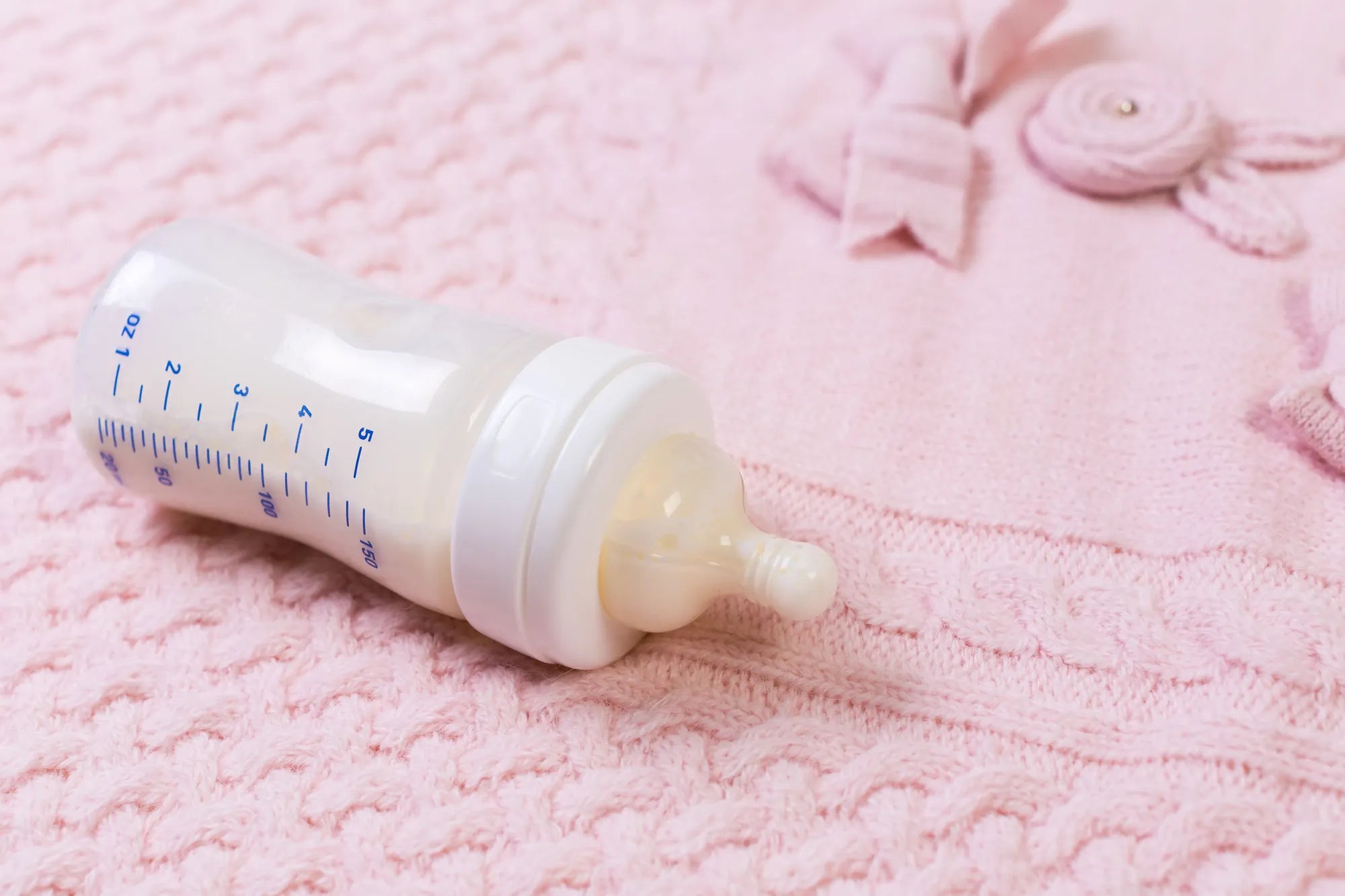Home
Pregnancy, Breastfeeding, and Pumping: The Ultimate Guide for Moms
How to Gradually Stop Pumping Breast Milk: A Step-by-Step Guide

How to Gradually Stop Pumping Breast Milk: A Step-by-Step Guide
Deciding to stop pumping breast milk is a significant milestone for many mothers. Whether you're returning to work, your baby is transitioning to solid foods, or you're ready to wean, the process can feel overwhelming. However, with a gradual approach, you can make this transition smoother for both you and your baby. This guide will walk you through the steps to gradually stop pumping breast milk while ensuring your comfort and your baby's nutritional needs are met.
Understanding the Weaning Process
Weaning is the process of transitioning your baby from breast milk to other forms of nutrition. It can be emotional and physical, as your body adjusts to producing less milk. Gradual weaning is often recommended because it allows your body to slowly reduce milk production, minimizing discomfort and the risk of engorgement or mastitis.
Step 1: Assess Your Situation
Before you begin the weaning process, take a moment to assess your situation. Consider your baby's age, nutritional needs, and your personal goals. If your baby is under six months old, consult with a healthcare professional to ensure they receive adequate nutrition. For older babies, solid foods and other milk sources can complement breast milk.
Step 2: Create a Weaning Plan
A weaning plan helps you stay organized and reduces stress. Start by identifying how many pumping sessions you currently do each day. Gradually reduce the number of sessions over several weeks. For example, if you pump five times a day, cut back to four sessions for a week, then three, and so on.
Step 3: Reduce Pumping Frequency Gradually
Reducing pumping frequency gradually is key to avoiding discomfort. Begin by eliminating one pumping session every few days. If you feel engorged, pump just enough to relieve the pressure, but avoid emptying your breasts completely. This signals your body to produce less milk.
Step 4: Shorten Pumping Sessions
Another effective strategy is to shorten the duration of each pumping session. If you typically pump for 20 minutes, reduce it to 15 minutes, then 10, and so on. This gradual reduction helps your body adjust without causing discomfort.
Step 5: Introduce Alternatives
As you reduce pumping sessions, introduce alternatives to breast milk. For babies under one year, consult your pediatrician about appropriate formula options. For older babies, cow's milk or plant-based alternatives can be introduced. Ensure your baby is getting a balanced diet with solid foods.
Step 6: Monitor Your Body
Pay attention to your body as you reduce pumping. Signs of engorgement, clogged ducts, or mastitis include pain, redness, or fever. If you experience these symptoms, pump just enough to relieve discomfort and consult a healthcare professional if needed.
Step 7: Provide Emotional Support
Weaning can be an emotional process for both you and your baby. Offer extra cuddles, comfort, and attention to help your baby adjust. For yourself, seek support from loved ones or join a parenting group to share your experiences.
Step 8: Stay Hydrated and Nourished
Even as you reduce pumping, maintaining your health is essential. Stay hydrated and eat a balanced diet to support your body during this transition. Avoid drastic calorie reductions, as this can affect your energy levels and mood.
Step 9: Celebrate the Milestone
Weaning is a significant achievement for both you and your baby. Celebrate this milestone by reflecting on your breastfeeding journey and the bond you've built. Take pride in the nourishment and care you've provided.
Gradually stopping pumping breast milk is a process that requires patience, planning, and self-care. By following these steps, you can ensure a smooth transition for both you and your baby. Remember, every mother's journey is unique, so trust your instincts and seek support when needed. You've got this!
Share

